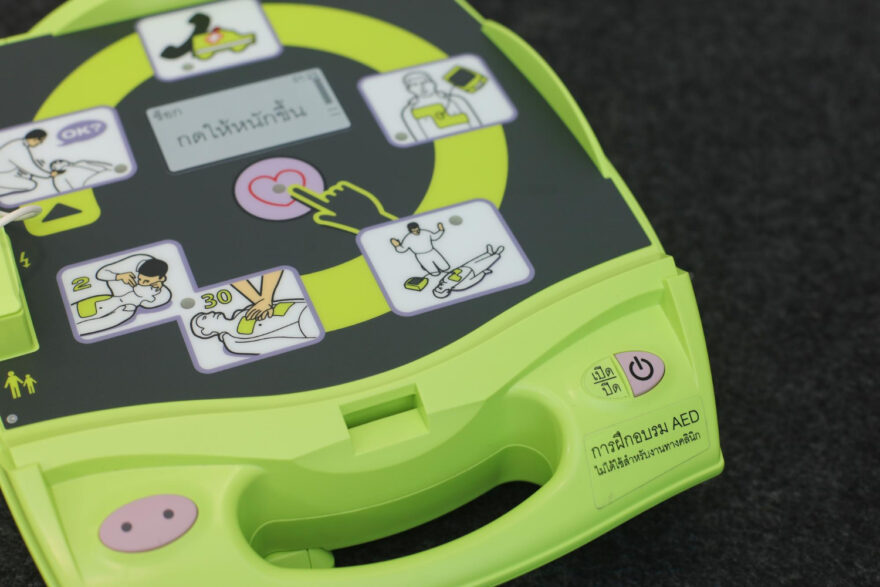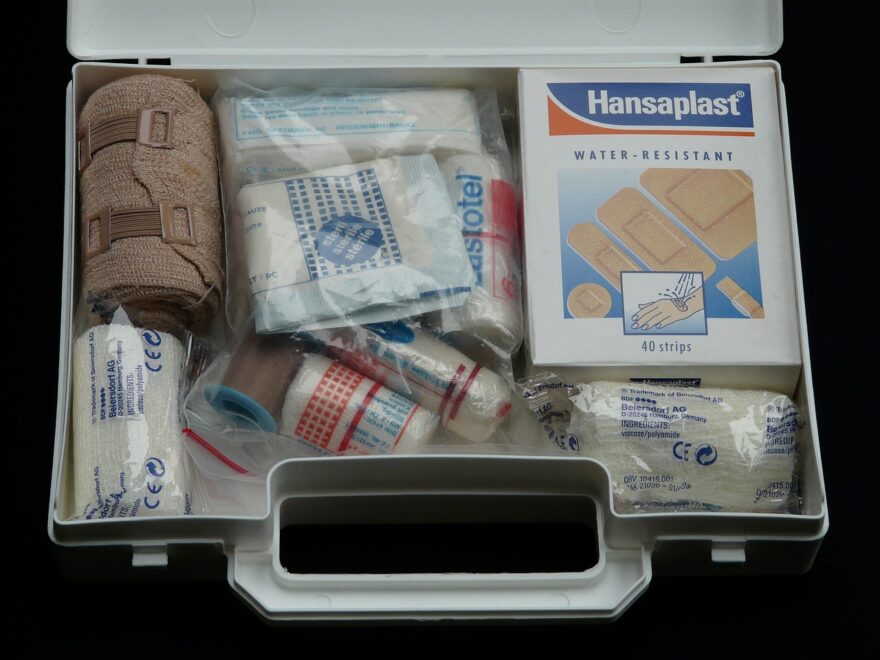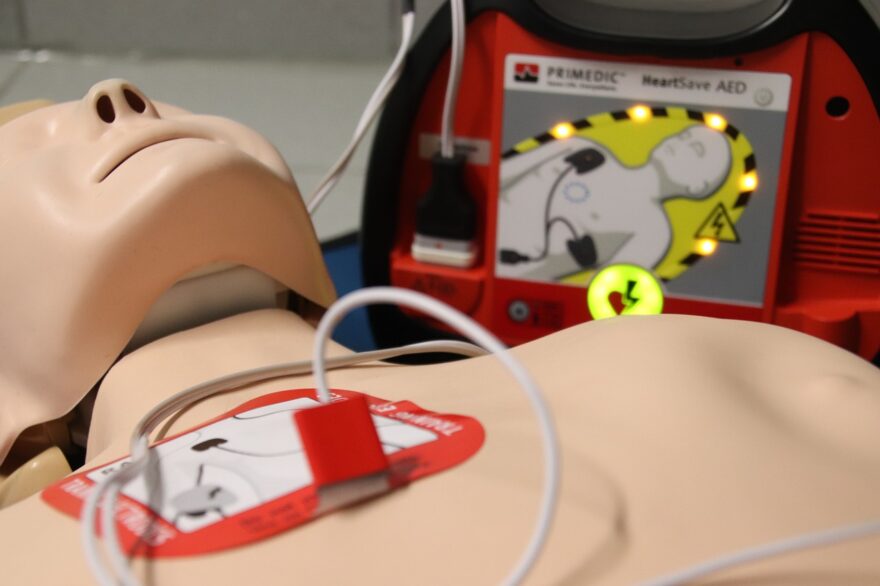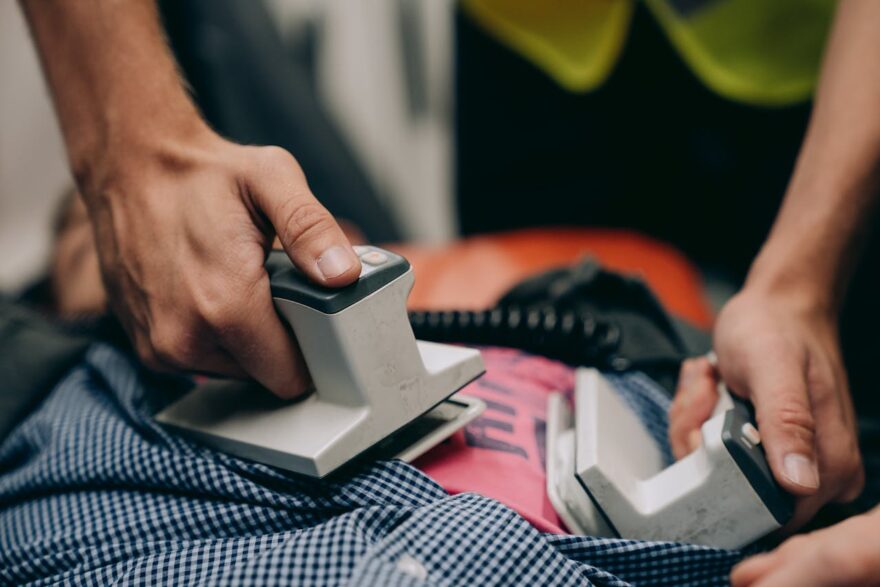Heart attacks, also known as myocardial infarctions, are serious events that can happen suddenly, causing fear and panic. Recognizing the signs early can save lives. It is important for everyone to know what to look for to provide help when it’s needed most.
Heart attacks occur when the blood flow to part of the heart is blocked, leading to damage in the heart muscle. This can happen for various reasons, such as lifestyle habits or genetic factors. But spotting the symptoms early can make a significant difference in how well someone recovers.
In this article, we will explore the common causes and symptoms of heart attacks. Understanding these will help you react quickly and take preventive steps to keep your heart healthy. By being informed, you can protect yourself and those you care about from the unexpected challenges that heart attacks present.
Understanding the Causes and Risks of Heart Attacks
Heart attacks occur when blood flow to the heart is blocked, often by a buildup of fat, cholesterol, and other substances in the coronary arteries. This blockage cuts off vital oxygen that the heart needs, causing harm to the heart muscle. Understanding the causes and recognizing the risks associated with heart attacks can help in taking preventive measures.
Several factors contribute to the development of heart attacks:
– Atherosclerosis: This condition involves the narrowing or hardening of the arteries due to plaque build-up. It is the most common cause of heart attacks.
– High Blood Pressure: Excessive pressure on artery walls can damage and weaken them, making them more prone to blockage.
– High Cholesterol: Too much cholesterol can lead to the formation of plaques in the arteries, increasing heart attack risk.
– Smoking: Chemicals in tobacco smoke damage blood vessels and heart tissues, thus raising the chance of a heart attack.
Certain risks can increase the likelihood of a heart attack:
1. Age: The risk increases as one gets older.
2. Family History: A history of heart disease in the family can heighten an individual’s risk.
3. Lifestyle Choices: Poor diet, lack of exercise, and excessive alcohol consumption contribute to heart attacks.
Being aware of these causes and risks aids in making lifestyle changes to reduce heart attack chances and improve overall heart health.
Early Warning Signs and Symptoms to Watch For
Spotting the early signs of a heart attack can be crucial for seeking timely medical help. Ignoring these symptoms can lead to serious, potentially life-threatening consequences.
Common early warning signs include:
– Chest Discomfort: This can feel like pressure, squeezing, fullness, or pain in the center or left side of the chest. This sensation might last for more than a few minutes or go away and come back.
– Pain in Other Areas: It may radiate to the shoulders, neck, arms, back, teeth, or jaw.
– Shortness of Breath: This may occur with or without chest discomfort, providing a clue to the heart attack development.
– Cold Sweat and Dizziness: Breaking out in a cold sweat, feeling nauseated, or lightheaded can signal an early heart attack.
– Fatigue: Unusual fatigue that doesn’t go away with rest could indicate an impending heart attack.
Everyone may not experience all these symptoms. Women, in particular, might face lesser-known symptoms like nausea, indigestion, or upper back pressure. Recognizing these signs and taking them seriously promotes quicker intervention and improved outcomes. Keep a lookout for these symptoms and respond by contacting emergency services if you suspect a heart attack.
How to Act Quickly if You Suspect a Heart Attack
Reacting swiftly to the signs of a heart attack is vital to improve chances of survival and recovery. Knowing the right steps to take can reduce damage to the heart muscle and potentially save a life.
1. Call Emergency Services: At the first sign of a heart attack, call 911 immediately. Emergency responders can start treatment as soon as they arrive, which can make a huge difference.
2. Chew and Swallow Aspirin: If the person is not allergic to aspirin, give them a regular-strength aspirin to chew and swallow. This can help by thinning the blood and reducing heart damage.
3. Stay Calm and Rest: Encourage the person to remain calm and stay seated or lie down while waiting for help. This reduces the strain on their heart and helps maintain good blood flow.
4. CPR if Necessary: If the person becomes unresponsive and isn’t breathing or is gasping, start CPR immediately. Push hard and fast in the center of the chest at a rate of 100 to 120 compressions per minute.
5. Use an AED: If available, use an Automated External Defibrillator (AED) to restore normal heart rhythm. Follow the device instructions until emergency services arrive.
Being prepared and trained on these actions can ensure you’re ready if an emergency strikes, making every minute count.
Preventive Measures and Heart Health Tips
Taking proactive steps to maintain heart health can significantly lower the risk of a heart attack. By adopting healthy habits, you can safeguard your heart and improve your overall well-being.
– Healthy Diet: Focus on a balanced diet rich in fruits, vegetables, whole grains, and lean proteins. Limit saturated fats, sugar, and sodium to keep your heart in check.
– Regular Exercise: Engage in at least 150 minutes of moderate-intensity aerobic activity each week. Activities like walking, swimming, or cycling help maintain a healthy heart and weight.
– Avoid Smoking: Eliminating tobacco use greatly reduces the risk of heart disease. If you smoke, seek support to quit and protect your heart.
– Manage Stress: Incorporate relaxation techniques like yoga, meditation, or deep breathing exercises to handle stress, which can contribute to heart problems.
– Routine Check-Ups: Schedule regular visits with your healthcare provider to monitor blood pressure, cholesterol levels, and overall heart health.
By integrating these habits into your daily life, you can reduce your risk of heart attacks and enjoy a healthier future. Prevention is a key element in sustaining long-term heart health and wellness.
Conclusion
Heart attacks are a serious health concern, but by understanding their causes and recognizing early warning signs, you can act quickly and effectively. Knowing what to do in an emergency empowers you to make a positive difference in critical moments. Adopting preventive measures not only supports heart health but also enhances your overall quality of life. It is essential to prioritize your heart’s well-being and be prepared with the right knowledge and tools to respond to heart emergencies.
At Citywide CPR, we emphasize the importance of cardiac education and preparedness. Our comprehensive training programs ensure you have the skills needed to handle heart-related emergencies with confidence. Whether you’re looking to get certified or want to equip your workplace with AED programs, explore the resources Citywide CPR offers to better protect those around you.















